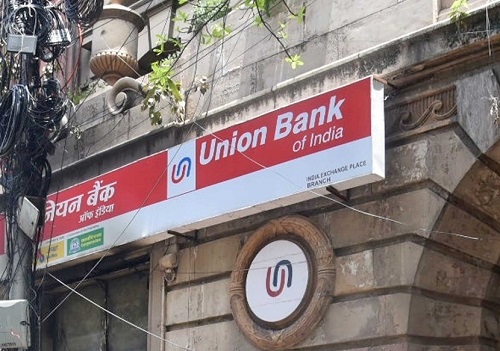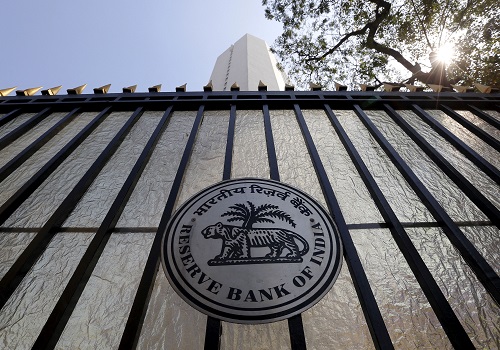Debt Market Observe - What to expect in 2022 By Pankaj Pathak, Quantum Mutual Fund

Follow us Now on Telegram ! Get daily 10 - 12 important updates on Business, Finance and Investment. Join our Telegram Channel
Below is quote on Debt Market Observe By Pankaj Pathak - Fund Manager - Fixed Income, Quantum Mutual Fund
The Great Divergence
The Indian Bond Markets have been mollycoddled over the last three years by the incredible actions of the Central Bank.
The Reserve Bank of India (RBI) cut interest rates, eased liquidity, and bought record amounts of government bonds to anchor market interest rates at low levels.
The bond market embraced this arrangement and never second-guessed the RBI’s guidance despite rising inflation and a higher bond supply due to a blown-out government balance sheet. This was a cozy symbiotic relationship (refer The DAS PUT); not only in India, but around the world. That though is about to change.
As growth recovers and inflation rages, the Central bank, not only in India but from around the world will not only raise interest rates but will also reduce its liquidity support to the bond markets.
The possible divergence in the timing, the extent and the pace of the actions will be the key driver for the bond markets in 2022.
Misunderstandings are likely to creep into this symbiotic relationship. Trust will be at a premium. Divergent viewpoints will lead to volatility.
We expect considerable volatility in the Indian bond market in the coming 6-9 months due to:
A) Divergence in the actions of the RBI and its expectations in the bond market
b) Divergence in the actions of the US FED and its expectations in global asset markets
c) Divergence in the EXIT policies of central bankers around the world impacting asset prices and flows to India
Divergence on Inflation assessment
“I think it's probably a good time to retire that (transitory) word and try to explain more clearly what we mean.” – US Federal Reserve Chairman Jerome Powell, statement at a Congressional hearing. In India, the consumer price inflation (CPI) averaged 5.96% in the last 24 months (December 2019- November 2021) as against an average of 4.1% in the preceding 5 years (December 2014-November 2019).
Although the last three readings of headline CPI inflation were lower between 4%-5% (4.35%, 4.48% and 4.91% in September, October and November 2021, respectively), it was largely due to base effect from high CPI reading during the same months of last year (7.27%, 7.61% and 6.93% respectively in Sep, Oct and Nov 2020).
Much of this distortion in inflation numbers was caused by a sharp rise and fall in vegetable prices. The ex-vegetable inflation, which constitutes about 94% of the CPI basket, stood between 6.64%-6.87% during the last three months; and for the last 12 months, it averaged at 6.4%. This is not just significantly higher than the RBI’s inflation target of 4%, it is also holding above the RBI inflation tolerance band of 2%-6%.
Evidently, inflation has been a lot more persistent over the last two years and there is no clear sign of it coming down in 2022. We see headline CPI inflation moving higher (possibly above 6%) in the coming months as the base effect fades away.
Furthermore, telecom and electricity tariff hikes, the proposed increase in GST rate on apparels and general increase in prices of goods across various categories will continue to put upward pressure on
the inflation trajectory. We are also seeing services inflation picking up gradually and as services demand gains momentum, it could drive inflation even higher.
Despite the elevated inflation trend, the RBI was surprisingly dovish in its monetary policy statement on December 8, 2021. It downplayed the inflation risk and continued to prioritize growth over inflation. The governor said – “we remain committed to our stance in support of our overarching priority at this juncture to broaden the growth impulses while preserving monetary and financial stability.” There was no indication of change in stance or potential rate increases anytime soon.
Chart – I: Inflation Holding above the Repo Rate

To Read Complete Report & Disclaimer Click Here
Above views are of the author and not of the website kindly read disclaimer










Tag News

Monthly Debt Market Update, September 2023: CareEdge Ratings





 320-x-100_uti_gold.jpg" alt="Advertisement">
320-x-100_uti_gold.jpg" alt="Advertisement">








